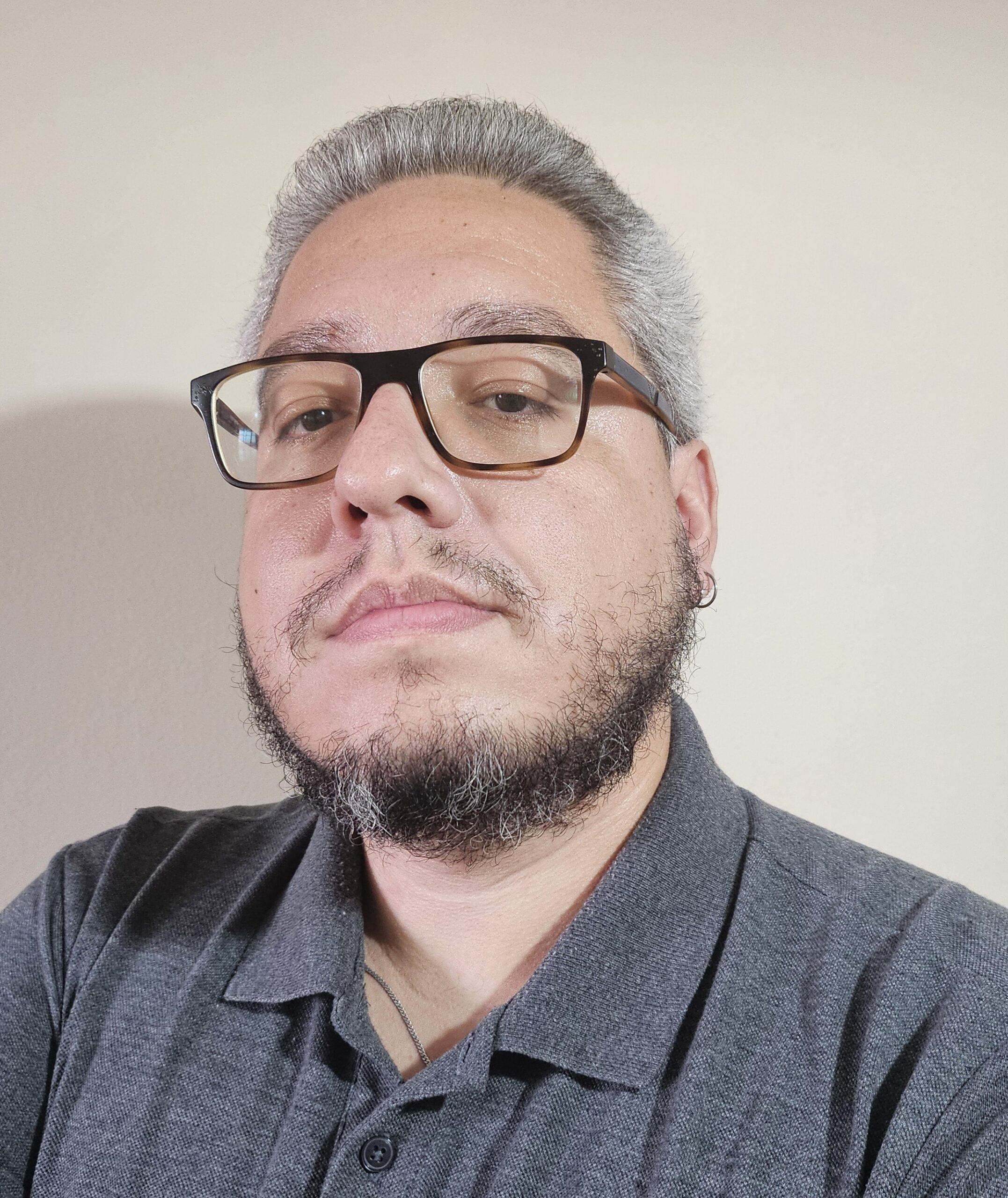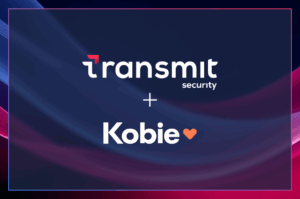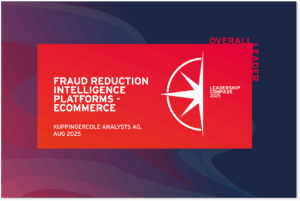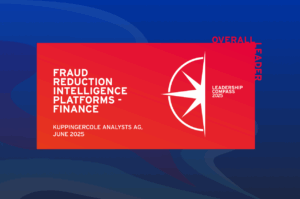The future of cybersecurity isn’t just smart. It’s adaptive, dynamic and AI-powered. For years, customer identity and fraud prevention have struggled to keep pace with attackers who innovate faster than the systems designed to stop them. At Transmit Security, we’re changing that with Mosaic, the first identity platform built from the ground up to harness Generative AI (GenAI) across every layer of customer identity and fraud.
But we’re not just embedding GenAI into a few features. We’re reimagining how customer identity and fraud protection are designed, delivered and adapted. This transformation extends beyond the Mosaic ecosystem, supporting the broader environments our customers rely on. It all comes to life through Spark by Mosaic — an AI-powered workspace designed to help teams build, test and optimize every aspect of identity security and fraud experiences faster, smarter and with less effort.
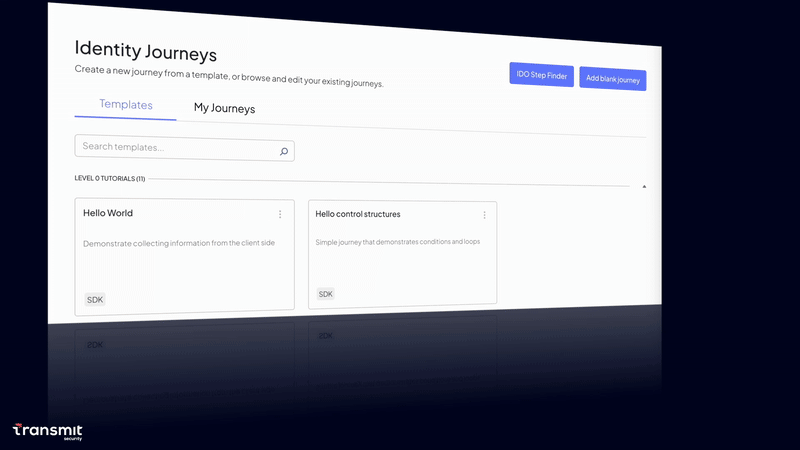
Spark empowers users to:
- Clearly define their objectives using intuitive prompts.
- Stick with proven best practices and industry standards.
- Quickly generate journeys, playbooks and policies using AI.
- Analyze live results and uncover meaningful signals across users and systems
- Identify new opportunities for optimization, even across external tools and data sources
- Follow up with continuous improvements based on real-world activity and behavioral trends
Spark is built to supercharge every step of journey creation, from the first objective to the final optimization. Whether you’re designing registration flows, login experiences, recovery steps or fraud defenses, Spark helps you tailor, build, enhance, analyze and continuously improve customer journeys at scale.
1. Tailor: Shape journeys around your goals, users and brand
Before you build anything, Spark helps you define the right journey for your specific audience, use case and market. With a few guided prompts, teams can:
- Set journey objectives tied to trust, conversion or compliance
- Reflect your brand’s tone, visual identity and UX principles
- Localize and align with regional privacy and security standards
Spark ensures your identity and fraud journeys start with clarity, not guesswork.
2. Build: Design journeys with the speed of AI
With Spark, journey building is fast, intuitive and code-optional. You can:
- Use natural language to generate registration, login, recovery and fraud mitigation flows
- Customize paths for different risk profiles or user segments
- Drag, drop and test flow components in a visual interface
From simple to sophisticated, Spark makes it easy to launch identity journeys that feel seamless while protecting every step.
3. Enhance: Embed security and privacy directly into your journeys
Security is part of the journey, never an afterthought. Spark helps you:
- Insert adaptive risk checks and real-time fraud defenses without disrupting UX
- Generate fraud response logic and policy branching automatically
- Ensure every journey meets privacy-by-design principles
These enhancements aren’t limited to Mosaic alone. Spark can also surface context from external fraud or risk engines, extending protection with what’s happening both inside and outside your identity stack.
4. Analyze: Understand journey performance at every step
Once your journeys are live, Spark provides built-in analytics to answer critical questions:
- Where are users dropping off, and why?
- Which steps introduce friction or security blindspots?
- What behaviors signal elevated risk?
Real-time insights help you move from guesswork to confidence.
5. Optimize: Continuously improve flows with data and AI
Journeys shouldn’t be static. Spark makes it easy to evolve them based on live performance:
- Use AI to suggest layout changes, copy edits or policy tweaks
- Reduce cost and abandonment by trimming unnecessary steps
- Test improvements safely with versioning and controlled rollouts
The result: journeys that get better every time someone logs in.
AI Agents: Discover what you didn’t know to ask for
Prompting is powerful, but it’s just the beginning. Spark also introduces AI Agents: autonomous helpers that go beyond your instructions to uncover what’s missing, what’s broken and what could be better.
While prompting is reactive (you ask and the AI responds), agentic AI is proactive. These intelligent agents continuously scan your flows, policies and data signals to:
- Suggest improvements you may not have considered
- Detect anomalies and unusual behavior patterns
- Surface new ideas based on real-world trends
This transforms identity security from something you have to manage into something that actively evolves. With AI Agents, Spark becomes more than a workspace. It becomes an intelligent partner guiding your journey, constantly learning and improving alongside your business.
GenAI Is Redefining Customer Identity Security
Customer identity and fraud prevention aren’t boxes to check. They’re competitive advantages and often the deciding factor for user trust. But the scale, speed and sophistication of today’s identity challenges demand more than incremental improvements.
That’s why we built Spark by Mosaic: to reimagine how customer identity and fraud prevention are delivered. From tailoring your strategy to building smarter journeys, enhancing defenses, analyzing outcomes and continuously optimizing, Spark uses GenAI to simplify complexity, cut through silos and deliver security that’s as dynamic as the threats you face.
With Mosaic, GenAI isn’t just a feature. It’s the foundation of a more intelligent, adaptive and cost-effective approach to customer identity security. Spark is currently being rolled out to select customers. Want early access? Reach out today to join our early adopter program and help shape the future of customer identity and fraud prevention.
